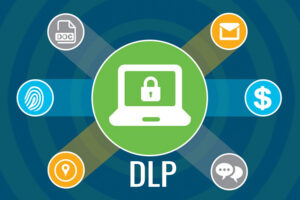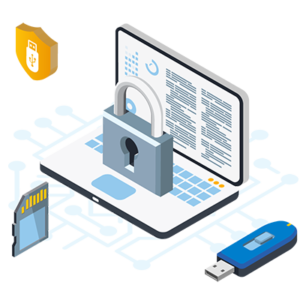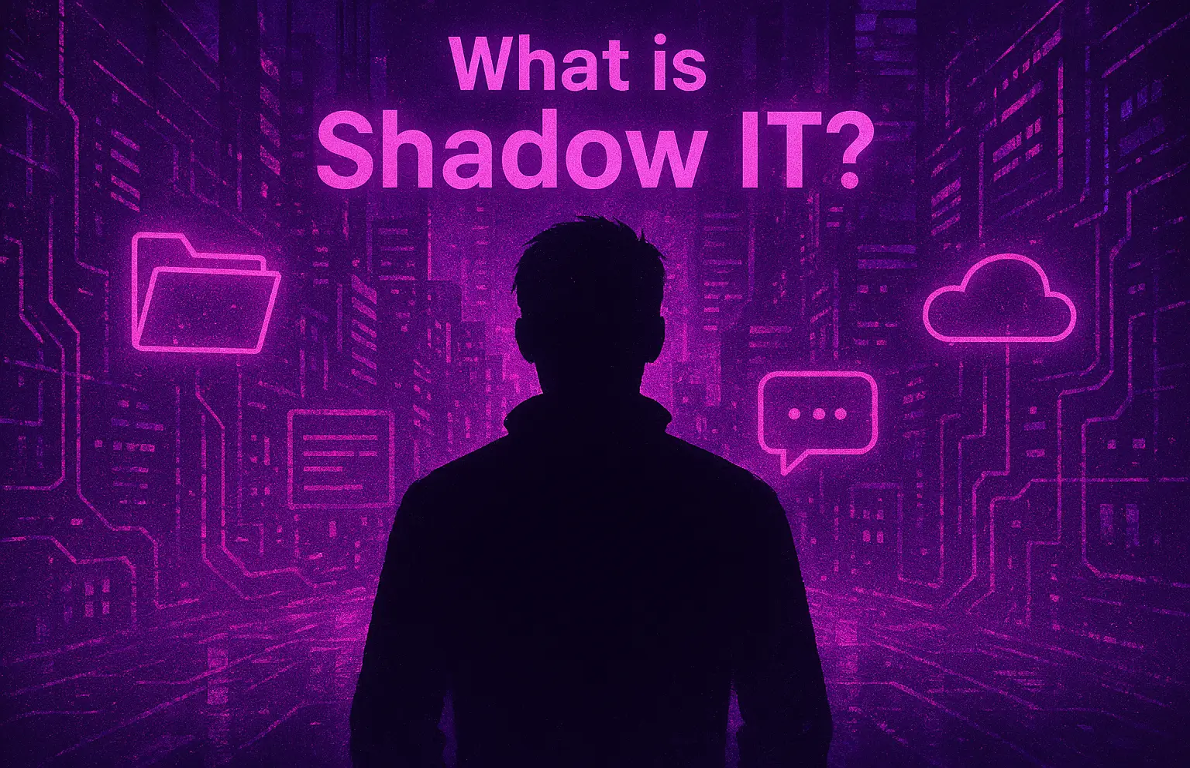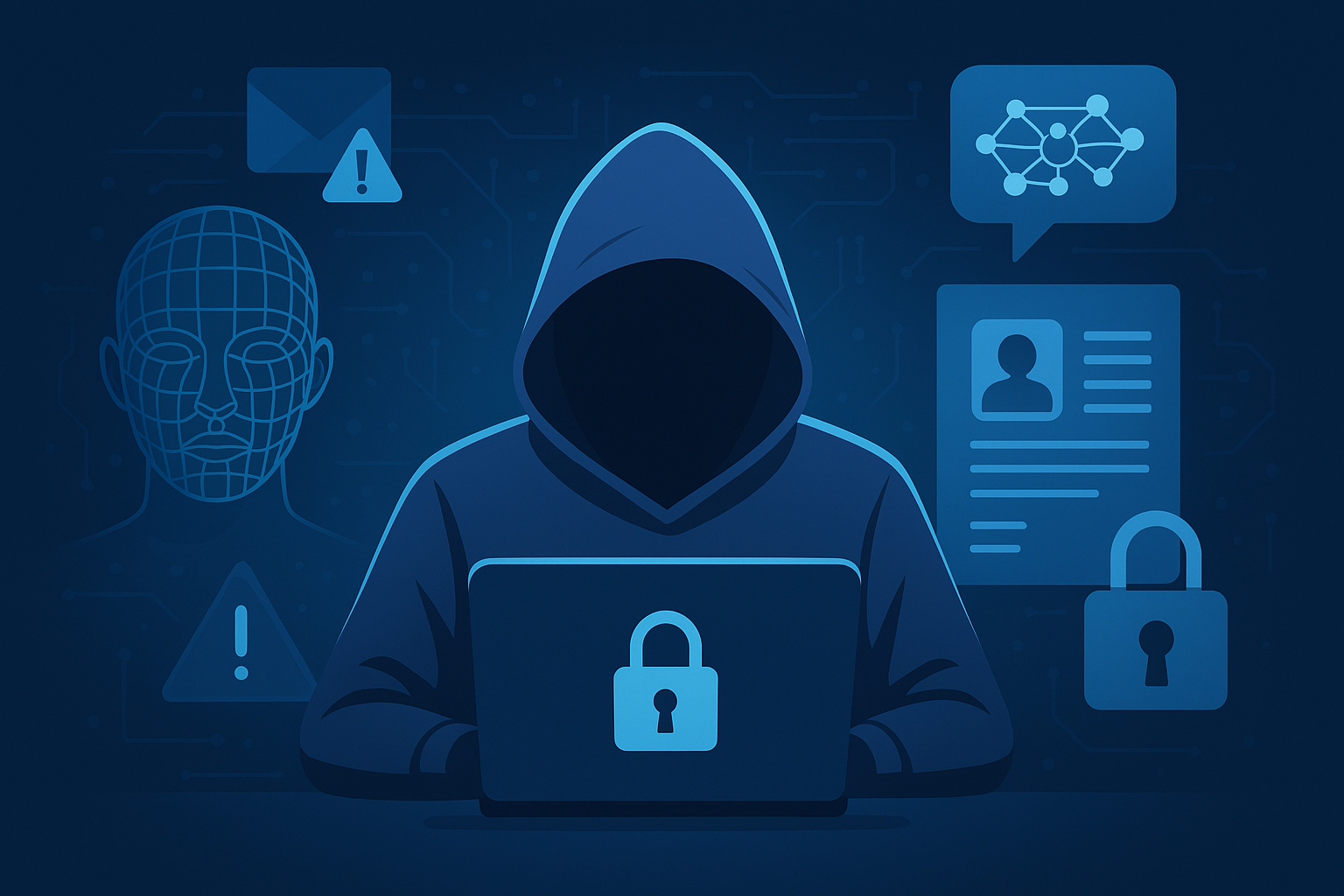
DLP: The Core of Modern Cybersecurity
November 18th, 2025 - Written By CyberLabsServices
In 2025, organizations operate in a world where data moves freely, quickly, and often invisibly across cloud platforms, mobile devices, SaaS tools, and third-party environments. With the average cost of a breach rising to $4.4 million, data protection can no longer rely on traditional security tools that monitor networks and devices but ignore what truly matters about the data itself.
This shift has made Data Loss Prevention (DLP) one of the most critical pillars of cybersecurity. Not as a single tool or feature, but as a holistic strategy that blends visibility, automation, governance, and real-time monitoring.
What Is Data Loss Prevention (DLP)?
Data Loss Prevention is a security approach designed to detect, monitor, and block unauthorized access or transfer of sensitive data across an organization. DLP protects data in three key states:
In use: on endpoints when employees copy, edit, print, or upload files
In motion: when files move across networks, email, or cloud tools
At rest: in storage systems such as servers, databases, and cloud repositories
DLP is often called Data Leakage Prevention, but the modern industry standard refers to it simply as Data Loss Prevention.
At its core, DLP exists to answer one critical question:
“Where is our sensitive data, who is using it, and how is it being protected?”
Understanding Sensitive Data: The Heart of DLP 
Sensitive data takes many forms:
- Employee information stored in spreadsheets
- Intellectual property like source code, trade secrets, or formulas
- Regulated data such as PHI, PCI, financial records, or PII
- Business documents, contracts, research files, or proprietary product designs
If unauthorized users can view, copy, or transmit this information, the consequences can include:
- Legal and regulatory penalties
- Financial losses
- Damage to brand reputation
- Loss of customer trust
Because of this, organizations increasingly rely on DLP to prevent accidental leakage, insider threats, and external attacks.
The Data Security Crisis of 2025
Organizations in 2025 face three unprecedented challenges:
- Explosive data growth
Businesses manage 100 times more data than they did five years ago.
This data flows across 50+ apps and platforms, making visibility harder than ever.
- Smarter and faster attackers
AI-driven attacks can:
- Scrape exposed repositories
- Generate near-perfect social engineering messages
- Evade outdated filters
- Automate reconnaissance in seconds
This explains why 97% of organizations reported AI-related incidents in 2025.
- Delayed detection
Despite advanced tools, businesses still take 241 days on average to detect a breach.
During this time, attackers can move laterally, escalate privileges, and quietly steal sensitive data.
Traditional security focuses on networks, devices, and access events.
DLP focuses on the data itself closing the gap between data movement and data protection.
Why DLP Monitoring Is Different and Essential
DLP monitoring gives organizations real-time visibility into how data is accessed, shared, and used.
What sets DLP monitoring apart?
✔ Tracks data everywhere
At rest, in motion, and in use—even if it moves between cloud apps.
✔ Understands context
It identifies which files are sensitive and whether the user action is appropriate.
✔ Gives a unified view
Security teams can monitor cloud platforms, endpoints, SaaS tools, and APIs from one console.
✔ Goes beyond logs
Instead of analyzing traffic patterns alone, DLP examines the actual content being moved.
This data-centric focus fills the blind spots left by SIEM, firewalls, and endpoint protection.
Business Drivers Fueling DLP Adoption
Organizations are rapidly investing in DLP monitoring for three main reasons:
- Regulatory Pressure
Frameworks like GDPR, HIPAA, PCI DSS, and national data protection laws require continuous data activity monitoring. Without it, audits and breach notifications become impossible.
- Financial Protection
Though full DLP deployments cost around $200K–$500K, they prevent multimillion-dollar losses and offer 300%+ ROI.
- Competitive Advantage
Strong data governance builds trust with customers, partners, and investors especially as companies adopt AI-driven tools that depend on secure data handling.
Top DLP Use Cases That Deliver Immediate Value
- Insider Threat Protection
Employees and contractors account for 20% of breaches.
DLP flags are unusual downloads, mass file transfers, or unauthorized sharing.
- Preventing Accidental Exposure
25% of breaches happen due to human error.
DLP alerts or blocks risky actions like sending sensitive files to personal email accounts.
- Cloud Security & Misconfigurations
With 80% of breaches involving cloud systems, DLP prevents exposure caused by misconfigured storage or shared folders.
- Third-Party Monitoring
60% of breaches stem from vendors.
DLP ensures their access stays within approved boundaries.
Modern DLP Monitoring Capabilities in 2025
Modern DLP solutions are more intelligent and automated than ever:
- AI-Powered Data Discovery
Automatically locates sensitive information across petabytes of data.
- Behavioral Analytics
Learns normal user behavior and flags anomalies.
- Real-Time Blocking & Quarantine
Stop suspicious transfers instantly, before data leaves the organization.
- Integration With Existing Security Tools
Connects with SIEM, IAM, SOAR, and ticketing systems for unified response workflows.
Building an Effective DLP Strategy (Step-by-Step)
A successful DLP program requires leadership support, planning, and cross-department involvement. Here are the 7 essential best practices:
- Identifythe Crown Jewels
Determine which data types are most critical—IP, customer records, financial data, etc.
- Evaluate Multiple Vendors
Benchmark solutions based on features, support quality, and industry adoption.
- Define Incident Response & Remediation
Plan workflows, responsibilities, and triage processes before going live.
- Start Small: Crawl, Walk, Run
Begin with a few high-value policies, then expand as your team gains experience.
- ConductProof of Concept (POC)
Test features, evaluate policy accuracy, and uncover process gaps.
- IdentifyStakeholders & Build a Support Team
Create a DLP committee including Legal, HR, IT, and InfoSec.
- Keep Stakeholders Informed
Provide monthly or quarterly updates to sustain leadership engagement.
When Do You Need a DLP Strategy? 
A DLP strategy becomes necessary when:
- Leadership approves data protection investment
- A risk or vulnerability assessment identifies data exposure
- The organization must comply with a new regulation
- Sensitive data is growing faster than security oversight
Real-world scenarios help illustrate this need:
Scenario A: Unknown Data Locations
A healthcare claims processor needs to locate PHI in unstructured file systems.
Solution: Deploy DLP at Rest for discovery scanning.
Scenario B: Employees Emailing Sensitive Files
HR staff send confidential records to personal inboxes to work remotely.
Solution: Use DLP for endpoints and network to block uploads.
Scenario C: Legitimate Business Need for USB Storage
Sales teams need USB access for presentations.
Solution: Create a whitelist policy for approved users.
Summarizing Your DLP Strategy
A strong DLP program:
- Identifies critical data
- Selects the right DLP components
- Builds policies aligned to business needs
- Ensures leadership support
- Includes ongoing communication and refinement
- Avoids over-investing in unnecessary features
DLP should never be treated as “just a tool.”
It is a program, a strategy, and a long-term investment in governance.
DLP Is Now a Core Requirement, Not an Option
In 2025, organizations face unprecedented risk from rapid data movement, cloud sprawl, and AI-enabled threats.
DLP monitoring delivers the visibility and control needed to prevent breaches, maintain compliance, and protect sensitive information in real time.
A well-planned DLP strategy supported by leadership, strengthened by modern monitoring, and built around business objectives ensures that organizations safeguard their data today and remain resilient in the years ahead.


